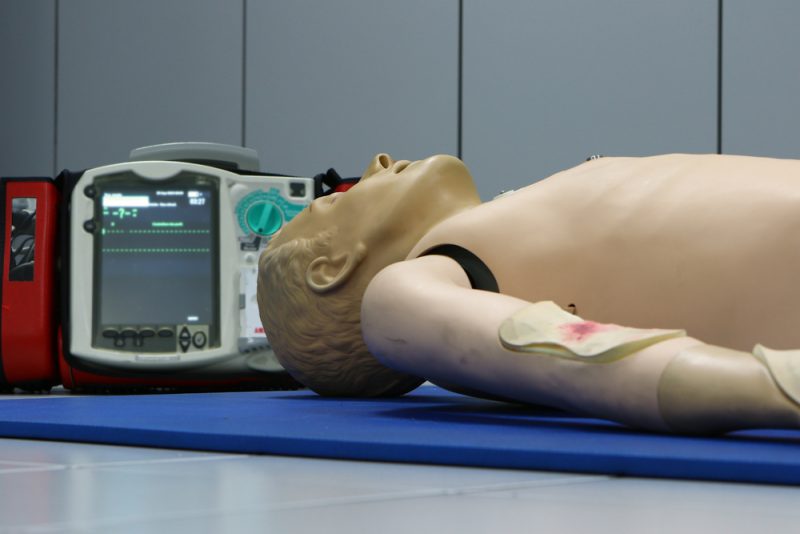
Intro to EMT Equipment
An Emergency Medical Technician (EMT) or Paramedic is an allied medical professional whose career is dedicated to helping the sick or injured. It’s one of the most challenging and rewarding jobs on the planet. Working as an EMT or paramedic requires quick thinking, nerves of steel—and serious training.
In almost any given emergency situation, a paramedic or EMT will know how to respond. And they have all kinds of equipment to help them help their patients.
If you’re interested in an Emergency Medical Technician program, take a look at this introduction to EMT equipment. It’s not comprehensive, and the list varies by state. But it will give you a small taste of what happens on the job.
Oxygen and Airway Equipment
EMTs have access to various kinds of equipment designed to ensure that patients can keep breathing. This includes oxygen cylinders, suction devices and oxygen masks of various sizes. Airway adjuncts are also really important. For example the nasopharyngeal airway, or “nose hose” ensures that patients can keep breathing while unconscious.
Trauma Supplies
EMTs will always have supplies for wound care in case of physical injury. This includes various kinds of bandages, such gauze, elastic and self-adhering. EMTs also use various kinds of dressings, pads and medical tape to keep everything in place. Last but not place, there will always be some Band-Aids around.
Medical Devices
There is a long list of medical devices that EMTs need to do their jobs. An EMT will always have a stethoscope, thermometers and a sphygmomanometer to measure the blood pressure of a patient. In additions, EMTs have plenty of grasping tools like tweezers and forceps; and tools to help them see better, like magnifiers and penlights. The Automated External Defibrillator, a device that checks heart rhythm and can send a small electric shot to “restart” the heart, is a crucial life-saving device.
Splinting and Immobilizing Items
An EMT needs special equipment to keep injured patients still in order to avoid further damage. For example, there are many kinds of collars to help keep the head and neck from moving around too much. EMTs also have various splints and traction devices in case of broken bones, and backboards with restraint straps for keeping patients safe during transport.
Drugs
EMTs are trained to administer certain kinds of drugs to patients. For example, they have albuterol for asthma sufferers, nitroglycerine for patients with heart disease and epinephrine in case of allergic reaction. EMTs use anesthetics like lidocaine or even morphine.
EMTs will utilize over-the-counter medications as well, such as antacids, eye drops, ibuprofen and aspirin.
And More!
In addition to all of the above equipment, most EMT vehicles have IV supplies, supplies for treating burns, syringes for cleaning wounds and disinfectants. Last but not least there is all the stuff that an EMT needs to protect himself, like face masks, gloves and scrubs.
With all this equipment you can see why EMT training is so important. If you’re interested in pursuing a career as an EMT, City College has an excellent Emergency Medical Technician diploma program in South Florida.
RELATED ARTICLES :
RECENT POSTS
- Discover the Potential of a Healthcare Career: Your Path to Making a Difference 22nd August, 2023
- Embarking on a Rewarding Journey: Why You Should Consider a Career in Nursing 14th August, 2023
- 8 Signs a Healthcare Career is the Right Path for You 17th May, 2023
- Risk of Radiation in Radiography (X-Ray) 26th April, 2023
- EMS, EMT, & Paramedic: Career Differences Explained 15th February, 2023
- Mass Casualty Incident Drill with the Central Florida Disaster Medical Coalition 10th May, 2022
- Broward Sherriff's Office EMS Fire Cadet Presentations 25th January, 2022
- Veteran's Day 2021 12th November, 2021
- City College Celebrates Constitution Day! 17th September, 2021
- EMS 20th January, 2020


